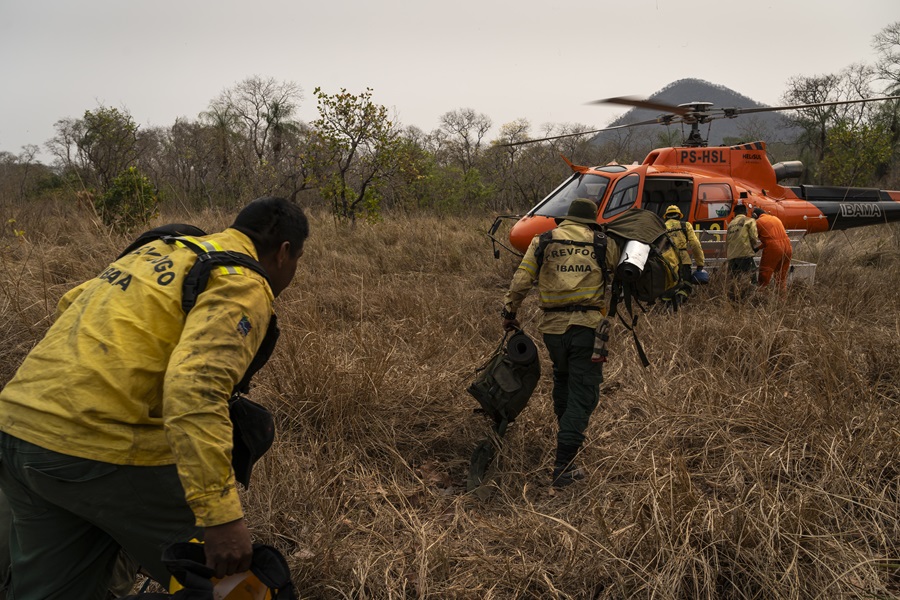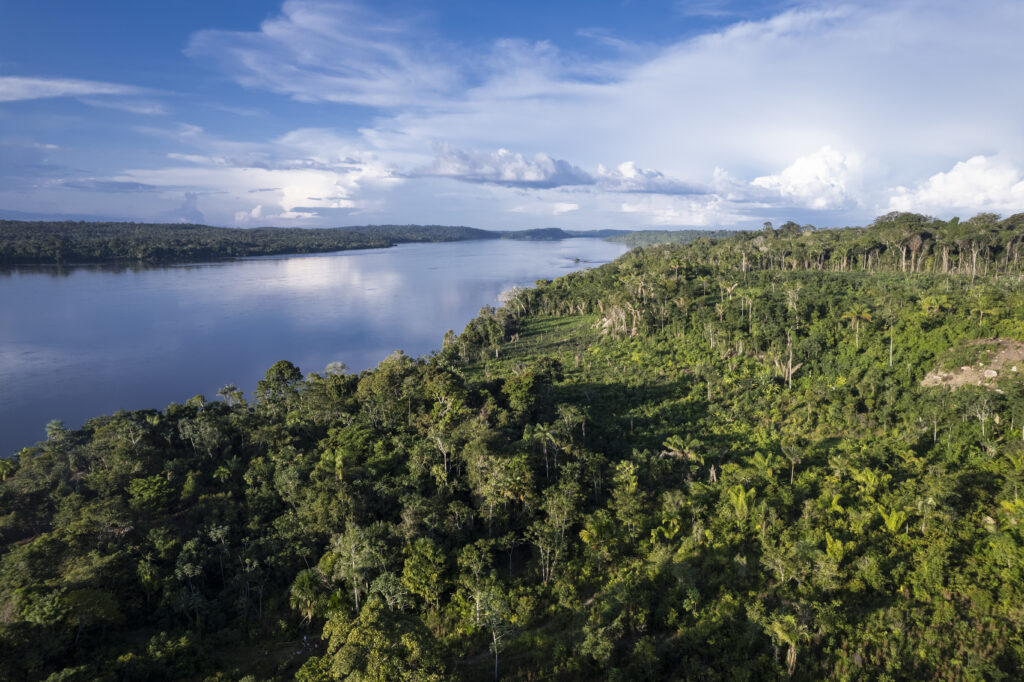FROM CORUMBÁ (Brazil) – In August, a jaguar nicknamed Miranda was rescued with second-degree burns on her paws at a farm in the municipality of the same name in Mato Grosso do Sul, state of Brazil. Fleeing from the fires devastating the Pantanal, the animal crossed burning areas and stepped on still-hot ashes. After 43 days of intense treatment in Campo Grande, the Miranda jaguar was released in the region where it was rescued, but it is not known whether it will have food and shelter because the area where it lived was one of the regions that suffered most from fires in the state.
“We could even release Miranda, but where?” asked veterinarian Jordana Toqueto during the jaguar’s treatment. The veterinarian treats wild animals at the Ayty Veterinary Hospital, located within the Mato Grosso do Sul government’s Wild Animal Rehabilitation Center. “Everything is burned. Will she have food? And it’s not just her. Will there be a place with a guaranteed food supply for the other animals we are rehabilitating? Because all the vegetation is gone.”
The veterinary hospital takes in animals rescued from trafficking, victims of accidents, and those affected by the fires. It works on treating and rehabilitating the species until they are ready for release back into the wild. From January to the end of August, the hospital had received 23 animals rescued from burned areas in the Pantanal. Of these, 14 had died due to injuries and complications caused by the fire.
At a public hearing in the Brazilian Senate in September, Marina Silva, Minister of the Environment and Climate Change, stated that if the current scenario remains unchanged—climate change combined with low rainfall, high temperatures, and the loss of vegetation due to fires and deforestation—the Pantanal could cease to exist by the end of this century. Other researchers are less optimistic and suggest that the complete loss of the biome could occur between 2060 and 2070. “It’s terrible to imagine that this could happen, obviously, due to human action,” the minister pointed out.
The biome is the largest freshwater wetland in the world, part of which has been recognized as a World Heritage Site and Biosphere Reserve by Unesco and home to keystone species like the jaguar.
In the Pantanal, around 85% of the fires occur on private land, the minister explained, stressing the illegality of using fire, as controlled burns are prohibited in the Pantanal during the dry season.
In the state of Mato Grosso do Sul, which accounts for 65% of the biome, the area burned between January 1 and September 25 reached 1.4 million hectares, according to data from the Environmental Satellite Applications Laboratory of the Federal University of Rio de Janeiro. In total, 13% of the biome has already been consumed by fire this year.
The early onset of the fire season has drawn the attention of authorities. Since the beginning of this year, 19 producers and agribusiness companies have been investigated by the Public Prosecutor’s Office of Mato Grosso do Sul on suspicion of causing illegal fires in Corumbá. The municipality, located on Brazil’s border with Bolivia, is the second most affected by fire in Brazil this year, with 4,500 fire outbreaks recorded between January 1 and September 8.
Márcio Ferreira Yule, a coordinator of the National Center for the Prevention and Combat of Forest Fires of the Brazil’s environmental agency Ibama in Mato Grosso do Sul, explains that through satellite image analysis and forensic investigations at the ignition sites, the agency can identify those responsible for the destruction. “Before starting a fire, a person must think carefully, because they will be held accountable,” he adds.
From January to September, Ibama issued USD 21,3 million in fines related to destroying areas in the Pantanal. Fourteen farmers and one company were fined for their involvement in a fire that destroyed an area equivalent to 18,000 football fields, as reported by Repórter Brasil.
Farm fined for fire
Among the producers held accountable is Armando Pereira Ferreira. On August 26, he was fined USD 1,95 million by Ibama due to a fire that, according to the agency, started at Fazenda Nossa Senhora de Fátima, one of his properties in the southern Pantanal of Mato Grosso do Sul. The fine was the second largest imposed on a farmer during the current fire season in the biome.
The fire spread beyond the farm’s boundaries, affecting a total of 101,000 hectares, according to the inspection report, obtained by the report through the Freedom of Information Act. This area is equivalent to the size of the city of Paris.
Luiz Haroldo Cunha Marques, an environmental analyst at Ibama who followed the case, explains that 80% of the burned area was composed of carandá palm trees, a typical Pantanal vegetation. “It is very common here in the region for areas that were once covered by carandá palm groves to now be pastures,” he notes.
Ferreira passed away in June 2022. According to Marques, in cases like this, responsibility falls on the person managing the farmer’s estate.
The legal representative of Armando Ferreira’s estate, according to legal proceedings consulted by Repórter Brasil, is his widow, also a rancher, Ana Maria Soriano Artilha Ferreira. The producer also left behind four children, all of whom own cattle ranches.
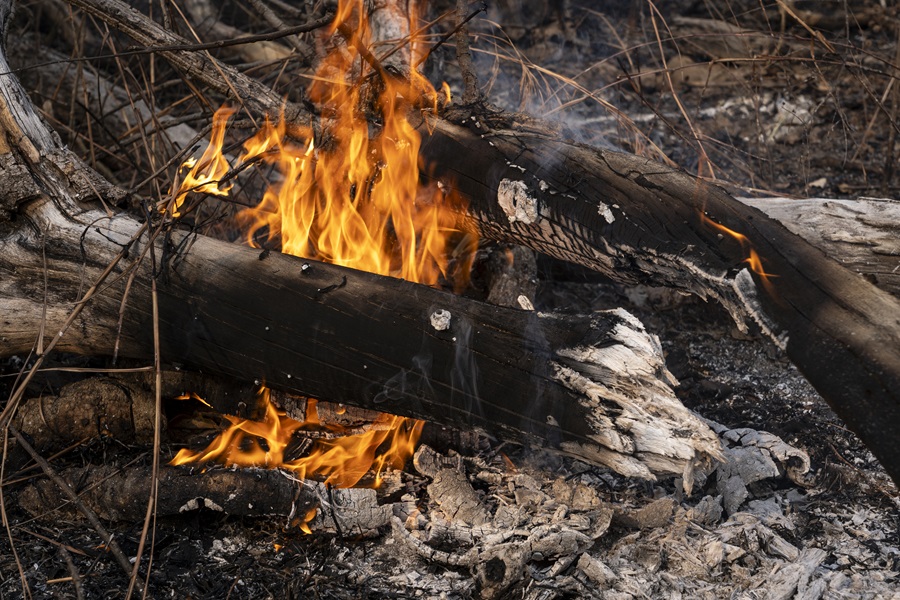
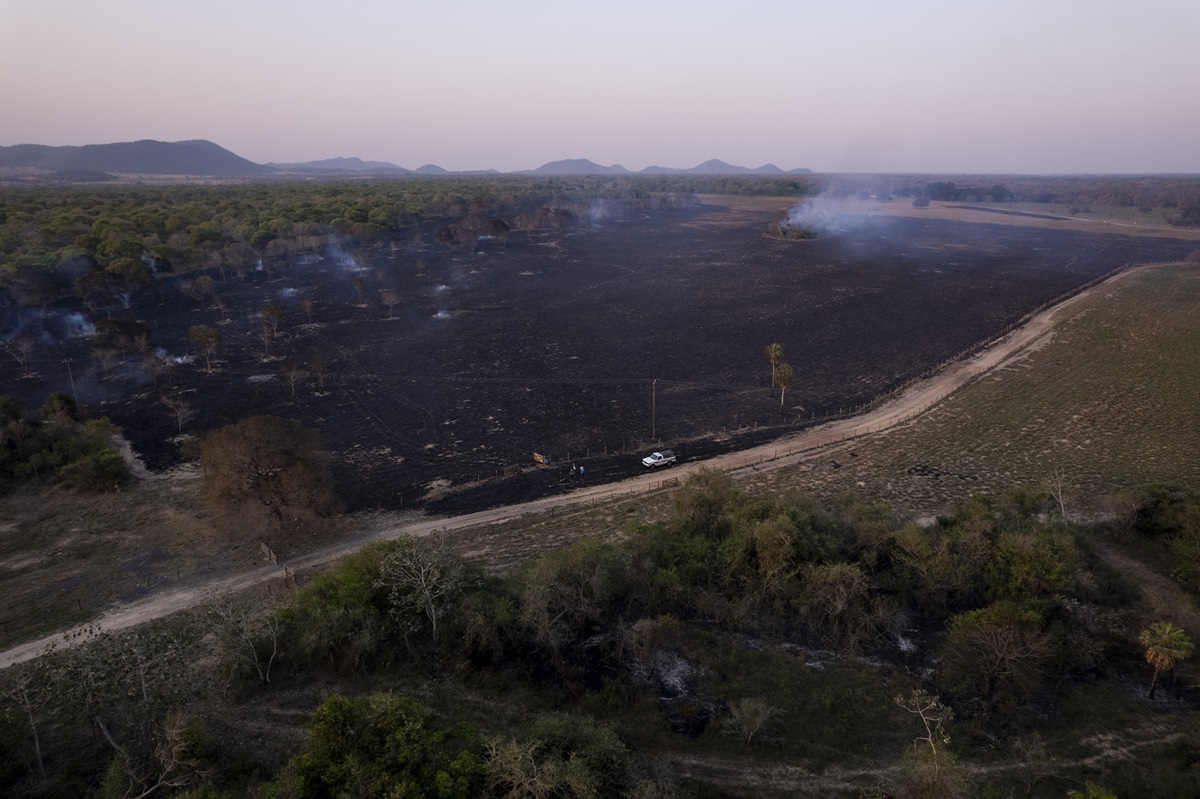
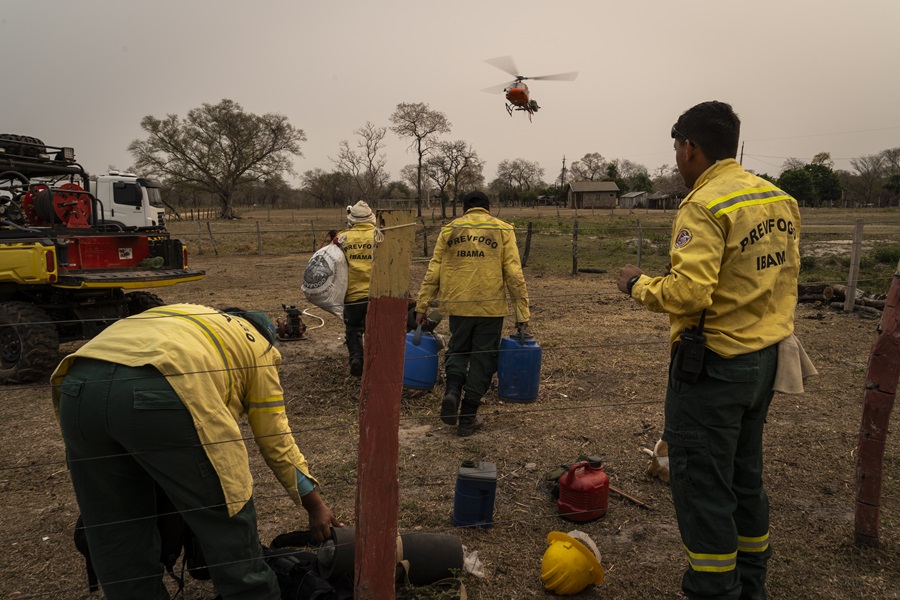
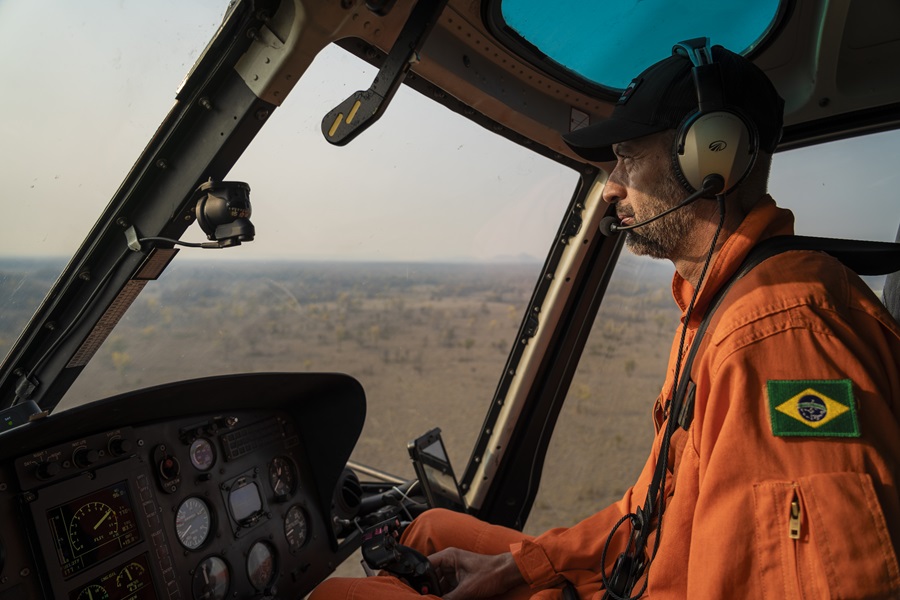
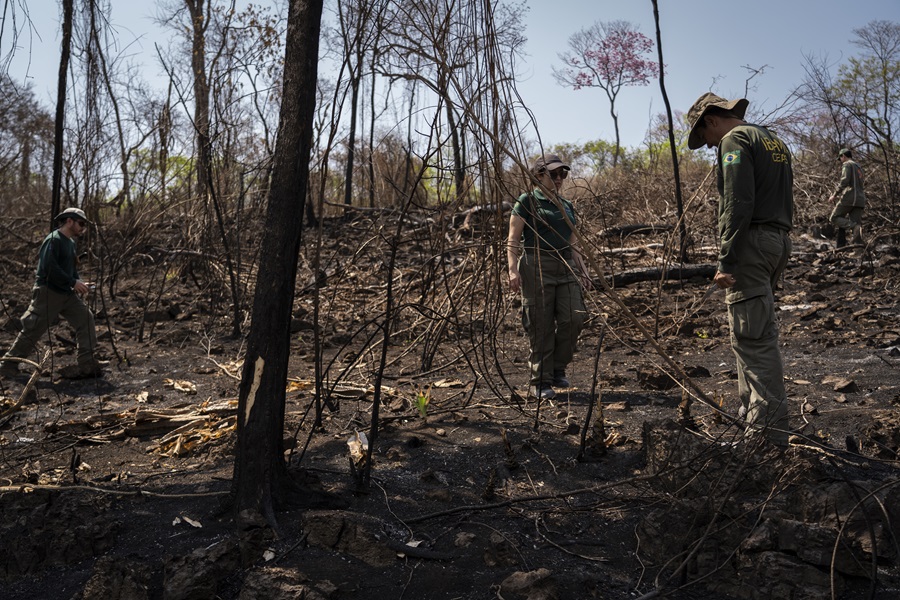
Among the family’s properties is Fazenda Vó Pilar, located in Bataguassu, in the state of Mato Grosso do Sul, which is currently managed by Ana Maria Ferreira. The farm supplies cattle to JBS’s facility in the municipality of Nova Andradina. JBS is Brazil’s largest beef industry. Information from a document that registers the movement of livestock called the Animal Transit Guides accessed by Repórter Brasil shows cattle deliveries to the slaughterhouse in September, one week after the fire at Fazenda Nossa Senhora de Fátima.
The quality of the animals raised by Ana Maria Ferreira at another property, Fazenda Mimosa, in Ivinhema (MS), was highlighted in a statement by a buyer from Friboi, part of the JBS group, in an article published in June this year. At that time, 96 heifers were slaughtered, producing “high-quality meat” with traceability and certification for “the most demanding international market standards,” such as the United States.
Ana Maria Soriano Ferreira stated, through her lawyer, that Fazenda Nossa Senhora de Fátima has already been inherited by her children and no longer belongs to her or producer Armando Ferreira. The rancher also mentioned that the property is leased and that she believes the Ibama fine should be directed to the lessee. However, at the time of this report’s publication, the fine and embargo were still in Armando Ferreira’s name.
In a statement, JBS said that Fazenda Nossa Senhora de Fátima has never been a direct supplier to the company and that the property “is 503 km away from Fazenda Mimosa and 543 km from Vó Pilar, which are suppliers to JBS and comply with all the requirements of the Company’s raw material procurement policy.” The meatpacking company also stated that “it received information from the representatives of Armando Pereira Ferreira’s estate, who manage the cited properties, that in the last two years there has been no movement of animals from Nossa Senhora de Fátima to the other two farms.” When questioned by the report, JBS did not clarify what mechanisms it has to identify and monitor the environmental compliance of its indirect suppliers.
Exposed bones and third-degree burns
With third-degree burns on her paws, anemia, dehydration, and 28 kilograms under the ideal weight, another jaguar, nicknamed Antã, was rescued from an area destroyed by fire. The animal lived in Passo do Lontra, a location near Corumbá (MS), a tourist destination for fishing and wildlife observation. With the fires that swept through the region, part of the animal’s habitat was turned to ashes. In September, almost a month after her rescue and with her lungs compromised by smoke, Antã suffered cardiac arrest and did not survive.
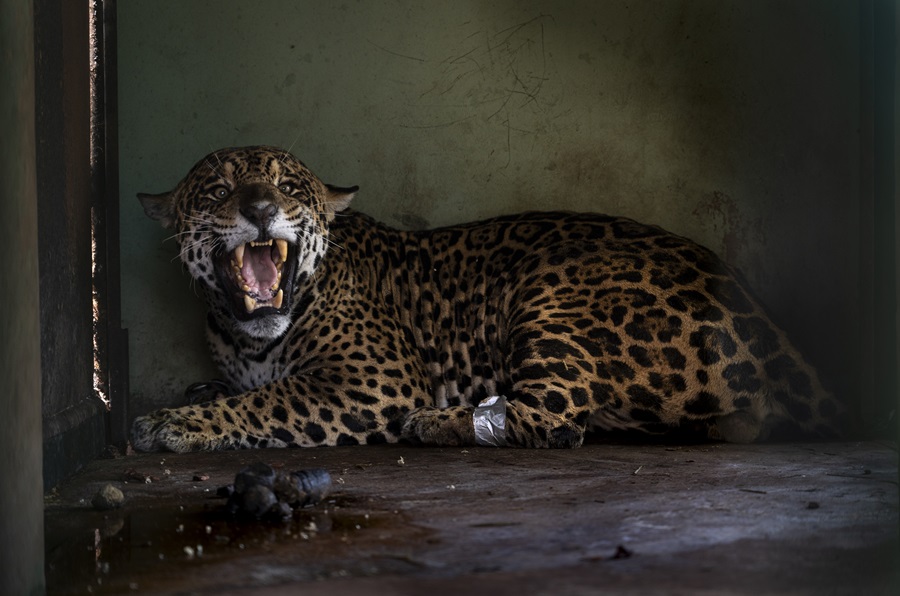
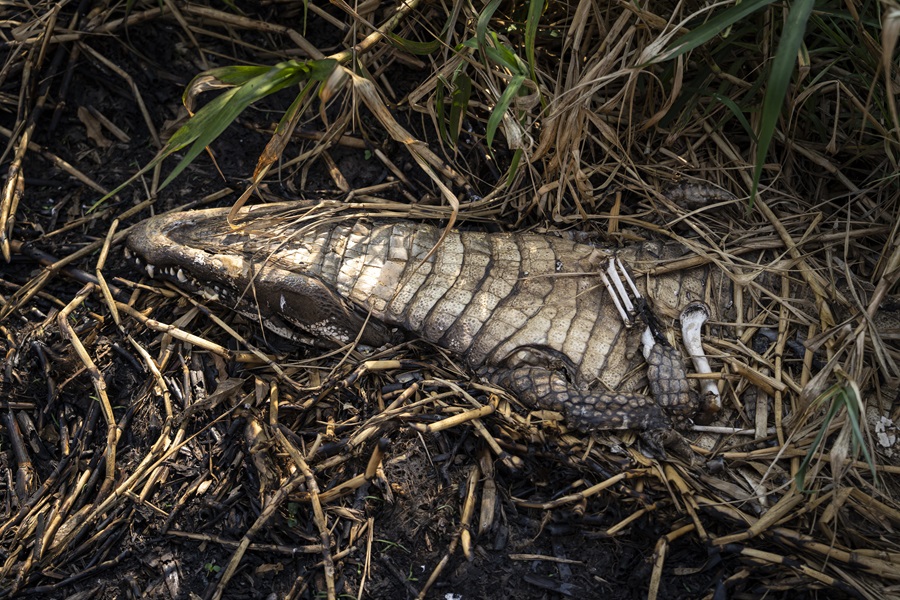
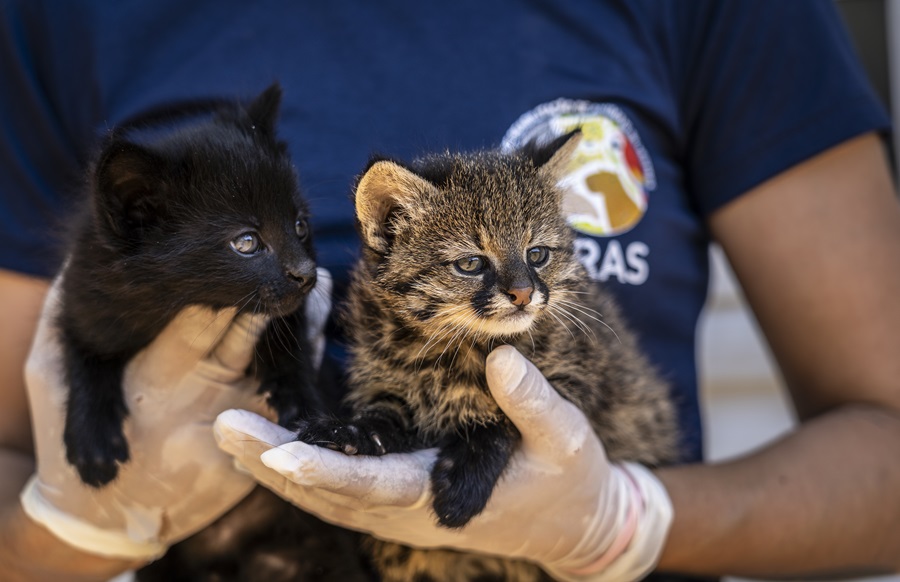
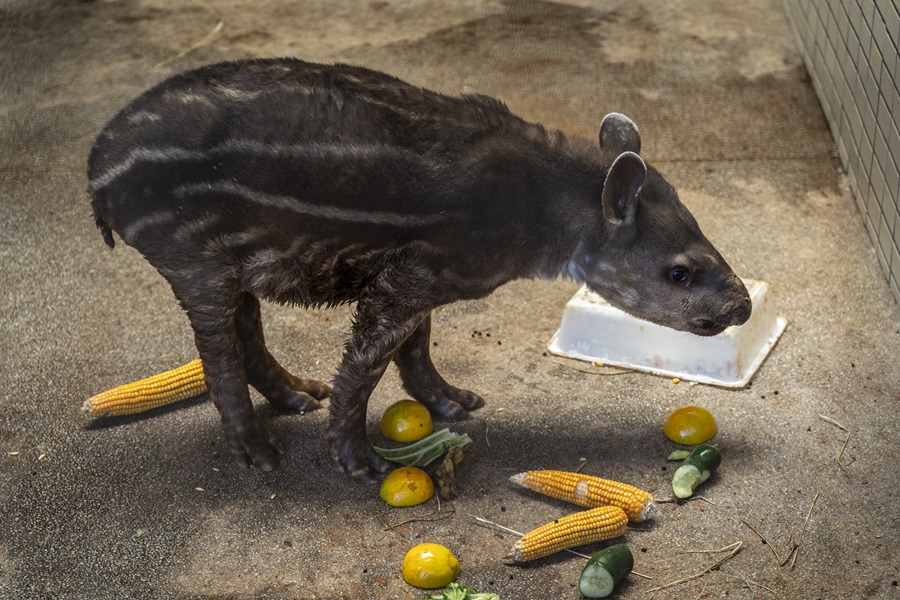
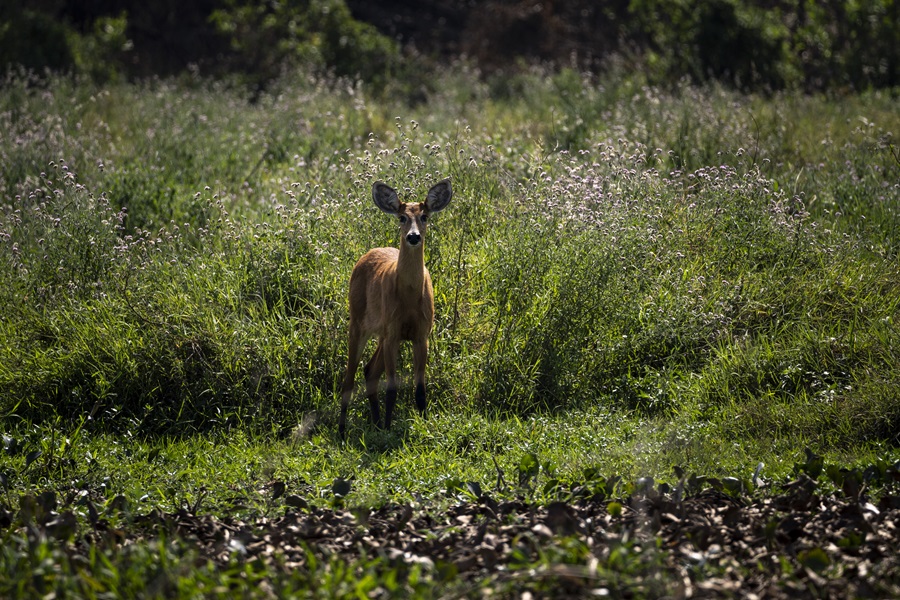
“The rescues of jaguars, deer, and stags are very impactful because their hooves are burned, and you can see the exposed bones,” explains Fabiane Gonçalves de Souza, coordinator of rescue and wildlife rescue operations for Ibama in the southern Pantanal of Mato Grosso do Sul. “You want to help the animal, but it’s in no condition. In cases like these, it won’t survive,” she laments.
The Pantanal is home to at least 1,200 identified species – 264 species of fish, 652 of birds, 102 of mammals, 177 of reptiles, and 40 of amphibians. Some species are included in the List of Threatened Species of Brazilian Fauna, such as the jaguar, the giant otter, the marsh deer, and the giant anteater.
A study published in the scientific journal Nature estimated that 17 million vertebrate animals were killed in the fires that occurred in the biome in 2020. “That averages 2 to 3 animals killed per hectare in the Pantanal. It’s a frightening number,” summarizes Walfrido Moraes Tomas, a wildlife researcher at Embrapa Pantanal and the coordinator of the study.
In addition to larger animals, other species such as snakes, lizards, ants, spiders, bees, and termites are completely incinerated in the fires or die inside their burrows. “They play an important role in the ecosystem. When a fire like this happens, it affects everyone and begins to disrupt the entire ecological chain. This is a serious issue, and we don’t know the full impact,” explains the Embrapa Pantanal researcher. “This disruption of an internal ecosystem, to me, is the biggest problem.”
Catastrophic synergy
The fires in the Pantanal are being intensified by the climate crisis. According to the Brazilian Ministry of the Environment and Climate Change, Brazil has experienced the worst drought in 75 years. In addition to global effects, regional causes also contribute to the spread of the fires. The drainage of wetlands, degradation of water sources, soil erosion, and silting of rivers in the Pantanal highlands affect the distribution of water in the biome’s plains, explains Walfrido Moraes Tomas, a researcher at Embrapa, a public agricultural research company.
On a local level, human activity is responsible for starting the fires. “It’s someone striking a match to start a fire, making a misguided decision,” he points out. “All of these factors are interacting in synergy to create this event, which is a catastrophic fire,” Tomas concludes.
The reporting of this story was supported by Brighter Green’s Animals and Biodiversity Reporting Fund.
This text was edited on October 8, 2024 at 10:28 am to correct information in the intertitle “Farm fined for fire”. Previously, the headline stated that the property fined is a JBS supplier. The text has been corrected.
Leia também
